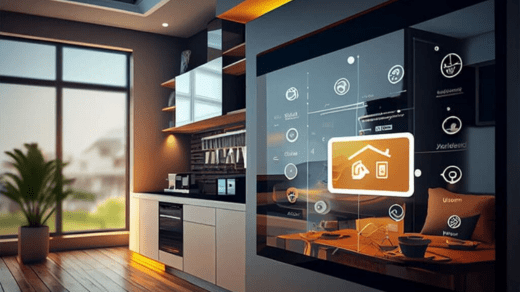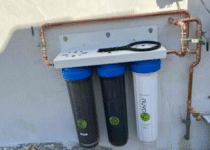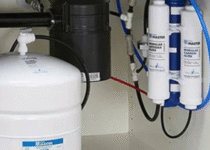How to Automate Smart Home Technology for a Seamless Lifestyle

The world is evolving rapidly, and the advent of technology has made it possible for homeowners to automate smart home systems, enhancing convenience, security, and energy efficiency. With a multitude of smart devices available on the market, creating a fully automated home is not only feasible but increasingly popular. This article will guide you through the essentials of automating your home, the benefits, and how to choose the right systems for your needs.
Understanding Smart Home Automation
Smart home automation refers to the use of technology to control various household systems and appliances through a centralized interface. This technology allows homeowners to manage lighting, heating, security systems, and entertainment devices from their smartphones, tablets, or voice-controlled assistants. The concept revolves around making everyday tasks easier and more efficient, leading to a more comfortable living environment.
Benefits of Automating Your Home
- Convenience: One of the most significant advantages of smart home automation is convenience. Imagine being able to control your lights, thermostat, and security system from a single app or with a simple voice command. This level of control can save you time and effort, allowing you to focus on more important tasks.
- Energy Efficiency: Automated systems can lead to substantial energy savings. Smart thermostats, for example, learn your habits and adjust the temperature accordingly. Smart lighting systems can turn off lights in unoccupied rooms or adjust brightness based on natural light levels. By using energy more efficiently, you not only save money but also reduce your carbon footprint.
- Enhanced Security: Security is a top concern for homeowners. Smart home automation can significantly improve your home’s security. Smart cameras, door locks, and motion detectors can be integrated into a comprehensive security system that sends alerts to your phone, allowing you to monitor your home in real-time, whether you’re at work or on vacation.
- Increased Property Value: Homes equipped with smart technology often see an increase in property value. Many homebuyers are looking for modern conveniences and energy-efficient systems. By automating your home, you can make it more appealing to potential buyers.
Key Components of Smart Home Automation
When considering how to automate smart home features, it’s essential to understand the key components that will make your home smarter:
- Smart Hub: The central device that connects all your smart devices. Popular options include Amazon Echo, Google Nest Hub, or Samsung SmartThings. A smart hub allows you to control multiple devices from one location and can often be integrated with voice assistants.
- Smart Lighting: Smart bulbs and lighting systems can be controlled remotely. You can set schedules, change colors, and adjust brightness levels to suit your mood or activities.
- Smart Thermostats: These devices learn your temperature preferences and can adjust heating and cooling settings accordingly, helping to optimize energy usage.
- Smart Security Systems: These include smart cameras, doorbell cameras, and smart locks. Many systems allow you to monitor your home in real-time and receive alerts for unusual activity.
- Smart Appliances: From refrigerators that can help you manage your groceries to ovens that can be preheated remotely, smart appliances are designed to make your life easier.
Getting Started with Home Automation
To get started with automating your home, follow these steps:
- Assess Your Needs: Identify which areas of your home you want to automate and what systems you currently have in place.
- Choose Compatible Devices: Make sure the smart devices you choose are compatible with each other and can integrate with your chosen smart hub.
- Start Small: You don’t have to automate your entire home at once. Start with a few devices and gradually expand your system as you become more comfortable with the technology.
- Utilize Automation Routines: Take advantage of automation routines that can be set up within your smart hub. For example, you can create a “Good Night” routine that turns off all lights and locks the doors with a single command.
Conclusion
Automating your home offers a range of benefits that enhance your quality of life. From increased convenience to improved energy efficiency and security, smart home technology can transform how you live. By understanding the components of home automation and starting small, you can gradually create a smart home that fits your lifestyle perfectly. Embrace the future and take the first step toward a more automated and efficient home today!



